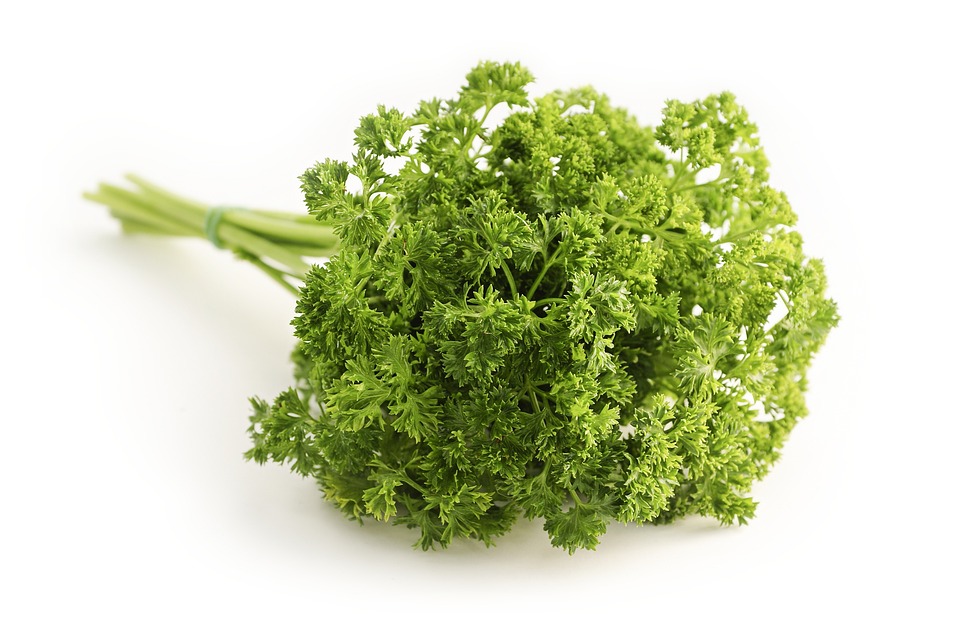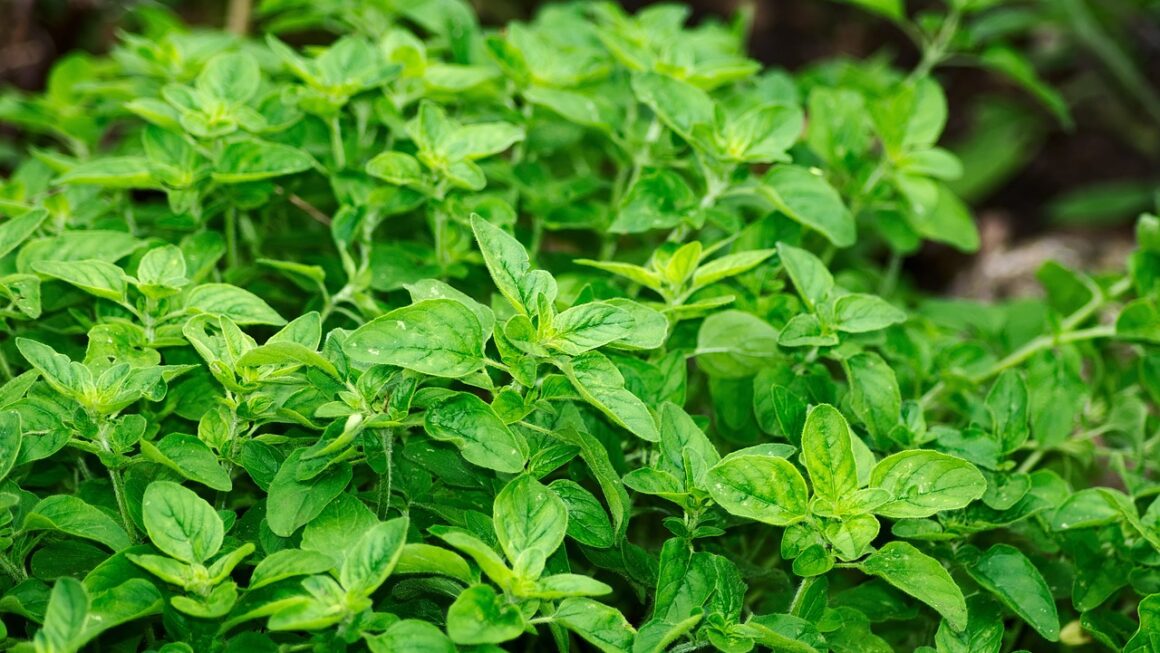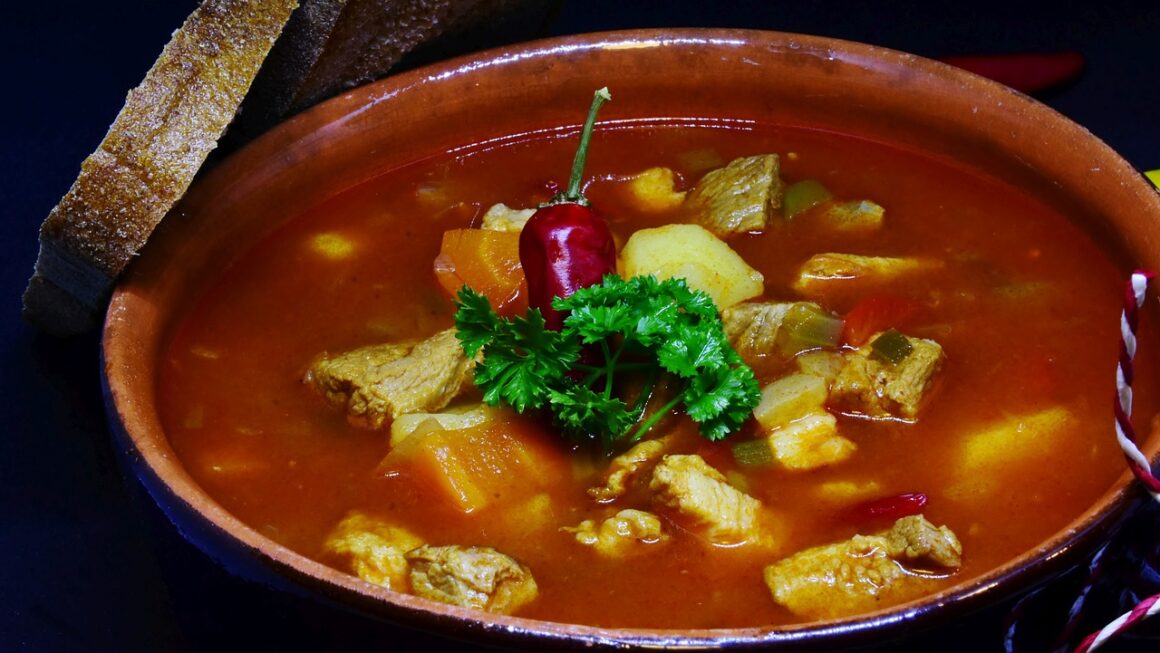Bibimbap is a popular Korean dish that is beloved for its delicious blend of flavors and textures. Traditionally, bibimbap is made with steamed rice, assorted vegetables, cooked meat, a fried egg, and spicy gochujang sauce. However, there are also unique ingredients that can take bibimbap to the next level and make it truly shine.
One of the key components of bibimbap is the Korean chili paste, gochujang. This spicy and savory condiment is made from fermented soybeans, glutinous rice, red chili powder, and salt. Gochujang adds a depth of flavor and a bit of heat to bibimbap that elevates the dish to new heights. It can be drizzled on top of the rice or mixed in with the other ingredients to create a delicious sauce.
Another essential ingredient in bibimbap is kimchi. This fermented vegetable dish is typically made with napa cabbage, radish, garlic, ginger, and chili powder. Kimchi adds a tangy and spicy kick to bibimbap, as well as probiotics that are beneficial for digestion. The crunchy texture of kimchi also provides a nice contrast to the soft rice and vegetables in bibimbap.
Sesame oil is another key ingredient in bibimbap that adds a rich and nutty flavor. Toasted sesame oil is often drizzled on top of bibimbap before serving, adding a fragrant aroma and depth of flavor. Sesame seeds can also be sprinkled on top for added crunch and visual appeal.
Meat is another ingredient that can take bibimbap to the next level. While traditional bibimbap is made with beef, other proteins such as chicken, pork, or tofu can be used to create a unique and flavorful dish. Marinating the meat in a combination of soy sauce, sesame oil, garlic, and ginger before cooking can add even more flavor to the dish.
Finally, adding a variety of fresh herbs and toppings can enhance the overall presentation and taste of bibimbap. Thinly sliced green onions, shredded nori (dried seaweed), and toasted sesame seeds can all be sprinkled on top for added texture and flavor. Fresh herbs such as cilantro, basil, or mint can also be added to bring a burst of freshness to the dish.
In conclusion, while rice and vegetables are the base of bibimbap, it is the unique and flavorful ingredients that truly make the dish shine. From gochujang and kimchi to sesame oil and fresh herbs, there are countless ways to customize bibimbap to your taste preferences and make it a truly unforgettable meal. So don’t be afraid to experiment with different ingredients and create your own version of this iconic Korean dish.




